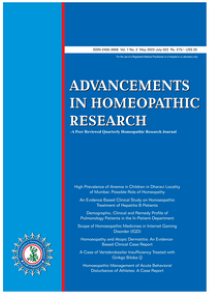Avoidable Glycaemic Burden in Type II Diabetes
Keywords:
glucose, risk, glycaemic, bodyAbstract
Good glucose control is the cornerstone of the management of the short and long-term diabetes complications. Furthermore, major studies have shown that tight glycaemic control plays a significant role in the prevention of both micro- and macro vascular complications. Initial diabetes management includes lifestyle changes, with a focus on healthy diet, weight control and increased physical activity.
Although diabetes awareness has significantly increased worldwide, almost half of the diabetic patients remain undiagnosed and a large number of patients on anti-diabetic treatment remain inadequately
defects in insulin sensitivity (increasing insulin resistance) and insulin secretion by pancreatic β-cell, excessive secretion of glucagon by the β-cell and impaired incretin effect. Hyperglycaemia contributes to the vascular changes that lead to DM-related complications. Even before the onset of the overt diabetes, the relationship between the β-cell function and insulin sensitivity is disrupted. Hyperglycaemia results when enhanced insulin secretion is unable to compensate for increasing insulin resistance. However, β-cell function has progressively diminished long before this point.
Glucose fluctuation
controlled. Poor compliance to the treatment and the drug-related side effects are the main reasons why long lasting, good glycaemic control is not achieved.
A growing body of evidence suggests that although the risk of developing complications is greater with glucose levels beyond the established threshold for diagnosis- increasing in parallel with hyperglycaemia individuals with glucose levels in the prediabetic range are already at an increase




